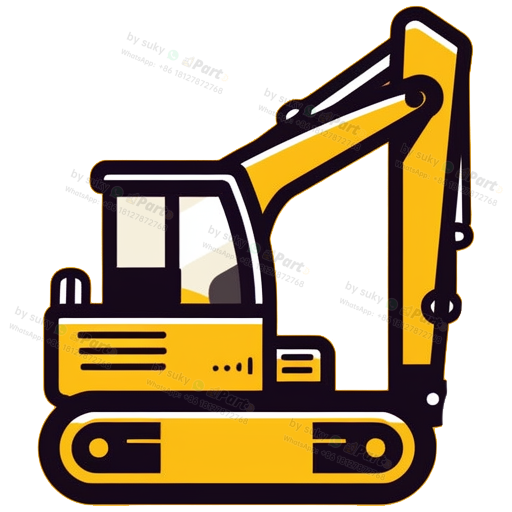**Title: Understanding Heavy Equipment Parts: A Comprehensive Guide for Importers and Dealers**
Heavy equipment parts play a crucial role in the performance and longevity of construction machinery. Importers and dealers of engineering vehicle components must possess a profound understanding of these parts to meet market demands effectively. This article aims to explore the importance of quality heavy equipment parts, the key components to consider, and best practices for sourcing and distribution in the global market.
### The Importance of Quality Heavy Equipment Parts
For any construction project, the reliability of heavy machinery is paramount. Quality heavy equipment parts ensure that machines operate efficiently and reduce the risk of breakdowns. Importers and dealers must prioritize sourcing parts that meet stringent quality standards to ensure optimal performance. Using subpar components can lead to costly downtime and repair expenses, affecting project timelines and budgets.
### Key Components of Heavy Equipment Parts
When dealing with heavy equipment parts, it’s essential to familiarize yourself with the various components involved. Some of the crucial parts include:
1. **Engines**: The heart of any equipment, a robust engine is essential for power and efficiency.
2. **Hydraulic Systems**: These systems facilitate machinery movement and control, making them vital for operations.
3. **Transmission**: This part is responsible for transferring power from the engine to the wheels or tracks, and its efficiency is critical for performance.
4. **Undercarriage Components**: Elements like tracks, rollers, and sprockets directly impact mobility and stability on construction sites.
Understanding these components will aid importers and dealers in making informed purchasing decisions, ensuring they can meet the diverse needs of clients.
### Best Practices for Sourcing and Distribution
To successfully navigate the heavy equipment parts market, importers and dealers should consider the following best practices:
– **Build Reliable Supplier Relationships**: Establish connections with reputable manufacturers and suppliers who prioritize quality. Regularly communicate to ensure you stay updated on new products and technologies.
– **Conduct Market Research**: Understanding market trends and demands will help you stock the right parts. Invest in data analytics tools to track sales patterns and predict future needs.
– **Implement Quality Control Measures**: Ensure that all parts meet industry standards before distribution. This adds value to your offerings and fosters customer loyalty.
In conclusion, heavy equipment parts are critical to the functionality and success of engineering vehicles. By focusing on quality and understanding the essential components, importers and dealers can significantly enhance their operations. Adopting best practices in sourcing and distribution will not only improve efficiency but also ensure customer satisfaction in a competitive market.

